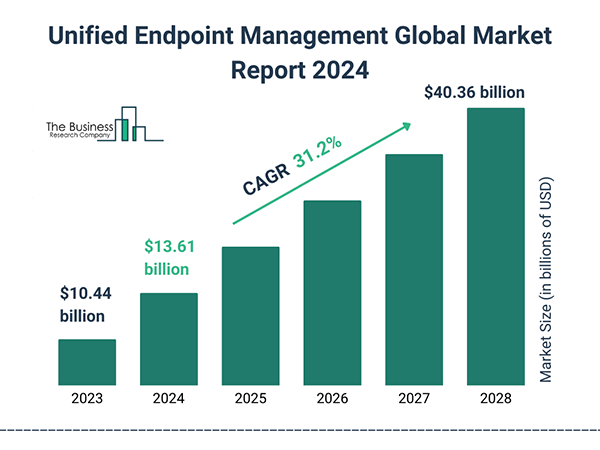Just think of being required to manage several IT systems, each with its own distinct set of tools and processes.
It can be exhausting, no? This is where unified platforms appear.
Near 70% of businesses report improvements in efficiency and scalability as soon as the unified platforms are incorporated into the system (Source: Gartner, 2021).
All of your tools and systems are integrated into one unified platform, allowing for a seamless transition in the development of your IT infrastructure, which is simpler to manage.
Now, let’s just delve into this post to know why unified platforms are vital for simplifying business operations and increasing productivity, thus modernizing your IT infrastructure.
Stay with us to learn how to transform your IT structures without breaking a sweat!
The first benefit of unified platforms is that they make IT management more simplified.
With a traditional and outdated IT setup, businesses use several different systems and tools to control functions like storage, networking, apps, and security.
When any system is set up in this fragmented way, it makes it harder for IT professionals to resolve problems and overall operations move slower.
Instead, unified systems have every IT function in one place, allowing businesses to have easier visibility and centralized control of all IT operations.
This also means that instead of having multiple IT teams in charge of each system or tool, businesses can condense IT operations to a single team that will monitor the unified platform in one place.

Because everything is online nowadays, a company’s classified information could get hacked and shared across the internet if they do not have a robust security system or if their system is split up into a bunch of different platforms.
If you are worried that your business is not secure enough online, you can learn more from GTT, a secure unified platform service for businesses.
Having a unified platform means that everything can be controlled in one place and hackers cannot penetrate as easily.
With integrated security features and standardized protocols, unified platforms provide a strong wall of defense that scattered IT infrastructure cannot provide.
As for compliance, unified platforms come with built-in features like monitoring, encryption technology, access control, and threat detection.
With this kind of constant surveillance of your company’s IT infrastructure, compliance with industry regulations becomes more simplified because reporting on issues is automated by the system.
This takes the pressure off of human IT professionals who have enough to do during the day.
Worrying about costs is a given when running a business, between working with vendors, hosting onboardings and training, and investing in tools that are beneficial to the running of your business.
However, when you use a unified platform, all of these work functions can be consolidated into one place, meaning they can be tracked more closely in a single framework.
This can save money because you will not have to subscribe to several different services and hop from platform to platform just to hire new employees or start working with a new vendor.
A unified platform also optimizes resource allocation by closely monitoring trends in the use of resources so that businesses do not keep overstocking, but instead purchase resources as needed depending on past trends.
This reduces waste and allows resources to be allocated on a need-to-need basis.
Do You Know?
In 1993, ThinkRite (VoiceRite) developed the unified messaging system, POET, for IBM’s internal use.
In our present society, clients expect to receive orders almost immediately upon making a payment and for businesses to maintain such a level of demand, they must employ the most effective system possible.
With unified platforms, all relevant aspects of the ordering and delivery processes are combined so that a manager can monitor an entire order from initiation to completion and quickly address any problems to advance the business.
IT systems need to grow as businesses grow, so starting from the beginning with a unified system that can grow as needed is very pivotal.
Antiquated IT environments may struggle to keep up in a more modern business setting as they have limits on how much data they can hold.
Modern unified platforms are built to expand, using cloud technology to have an endless amount of storage space.
This means that there is no more need to invest in more physical IT infrastructure, which can be costly and less efficient.

Unified platforms are the future of IT infrastructure as they work to help businesses run all of their daily operations in one central hub.
From simplified management to scalability, unified platforms provide businesses with the tools they need to meet the modern digital era.
